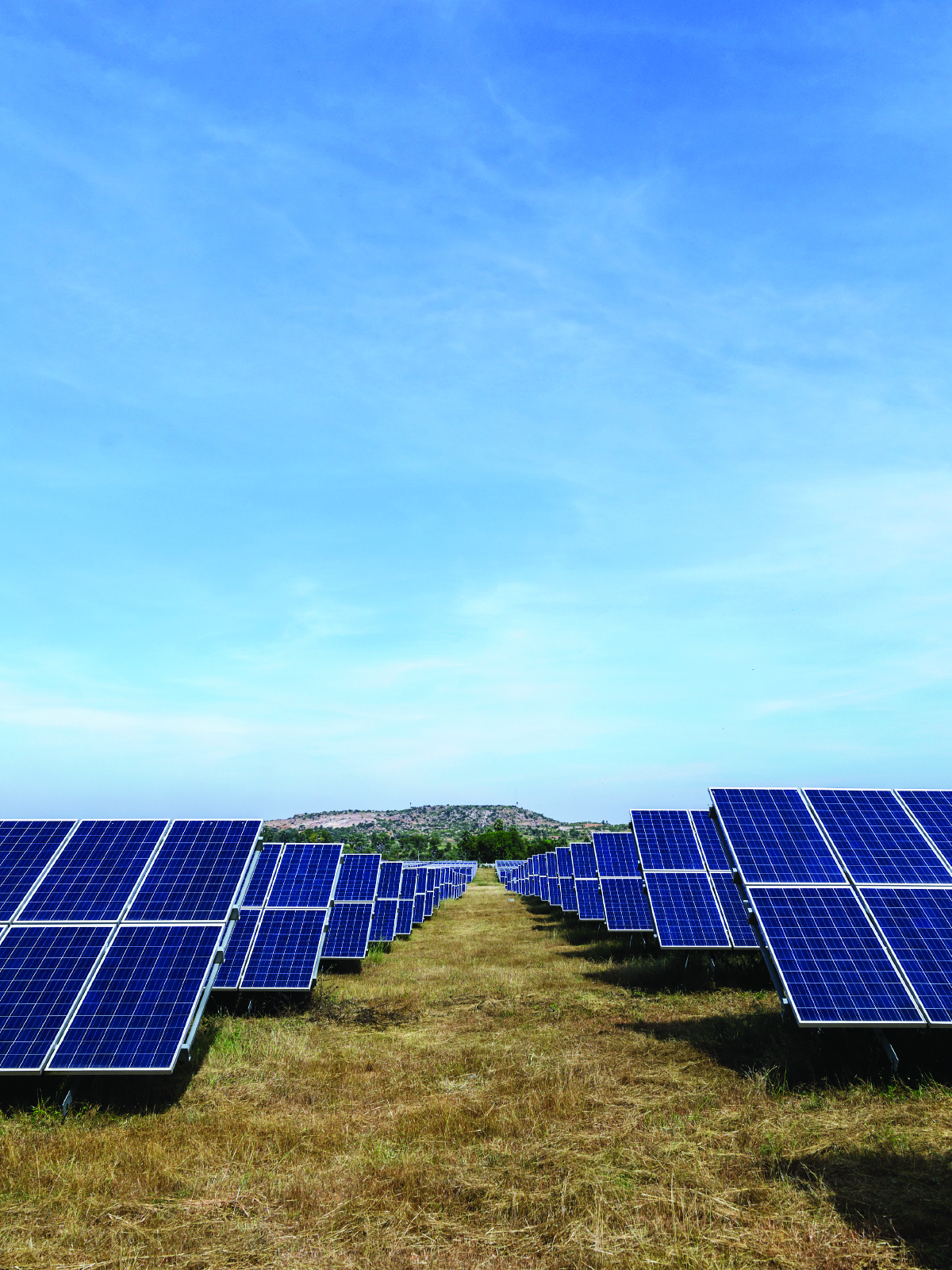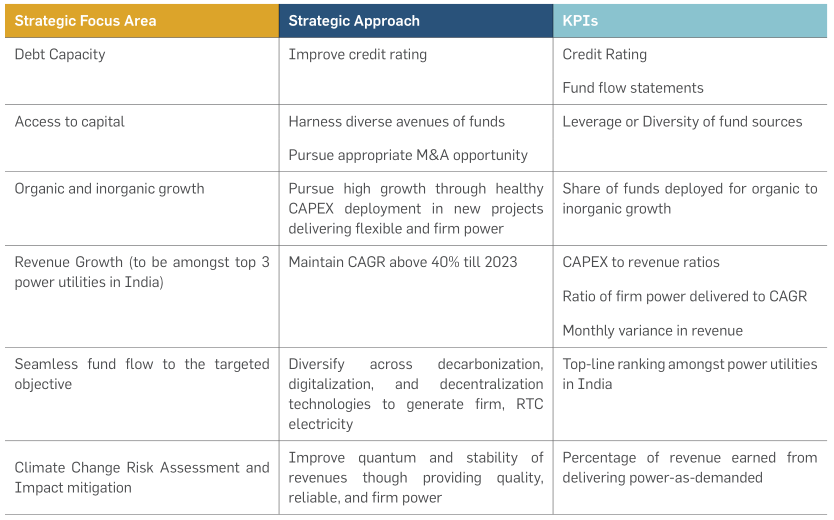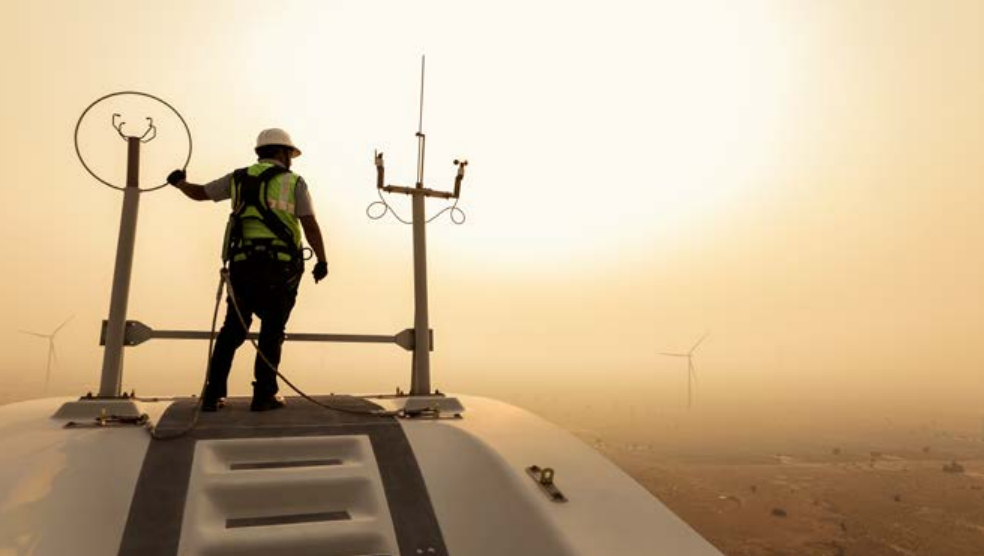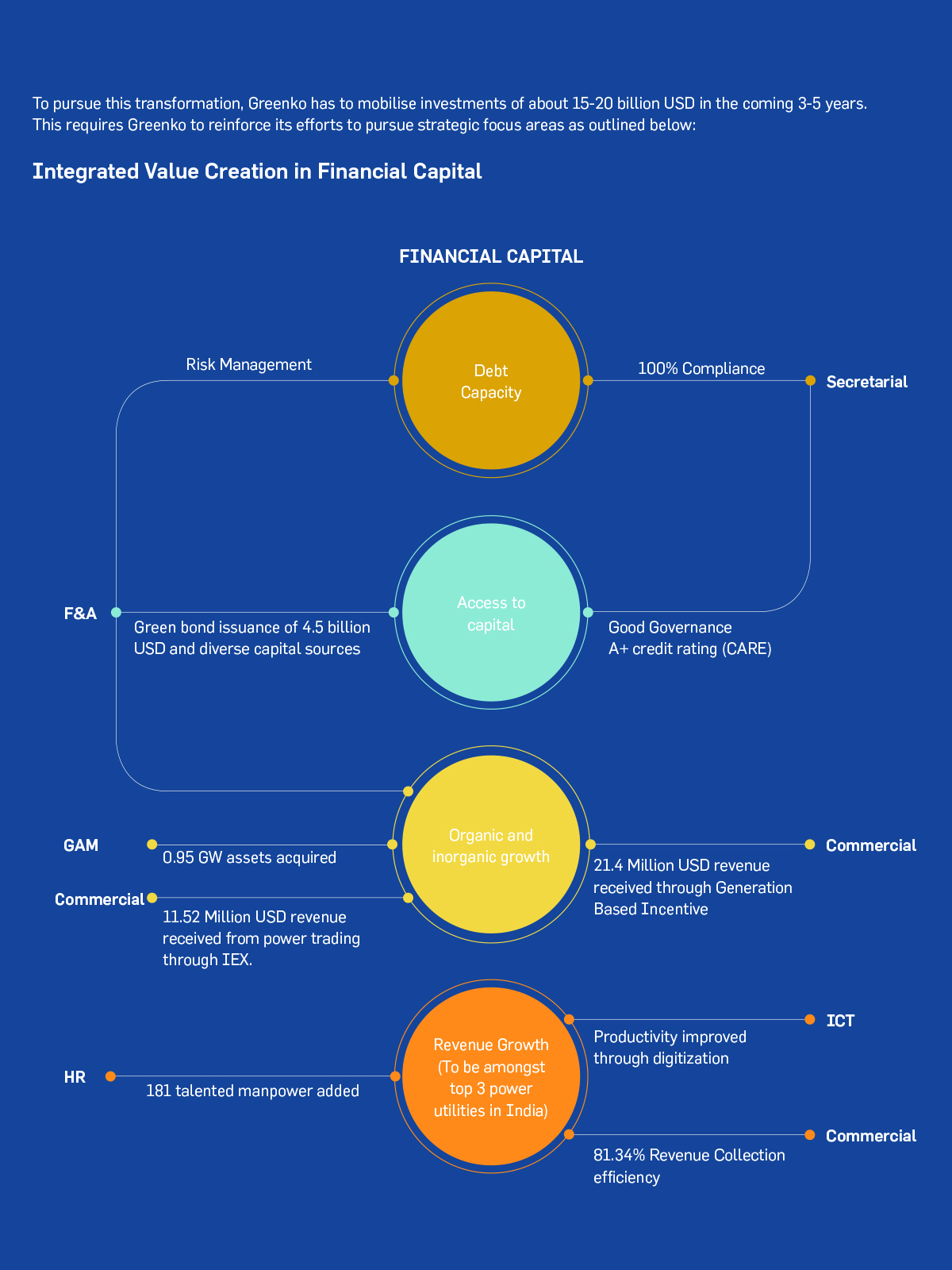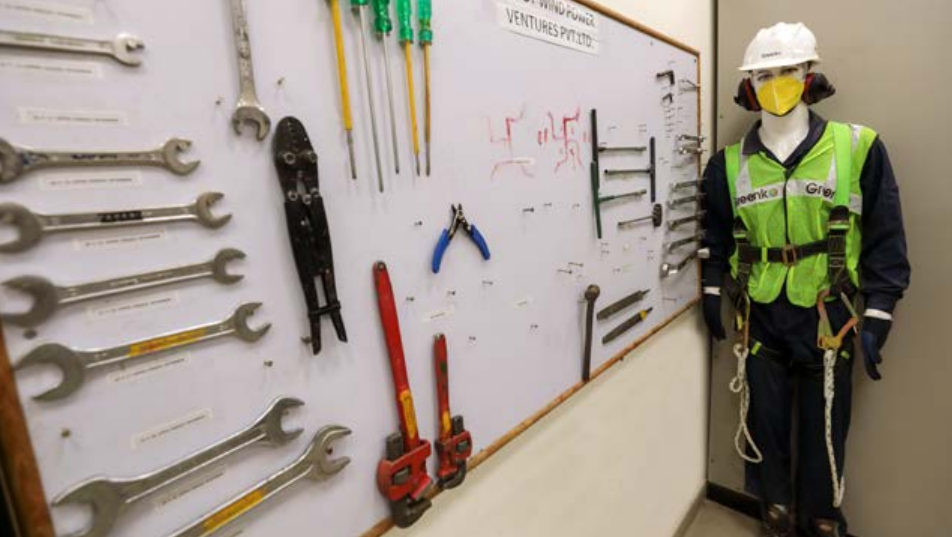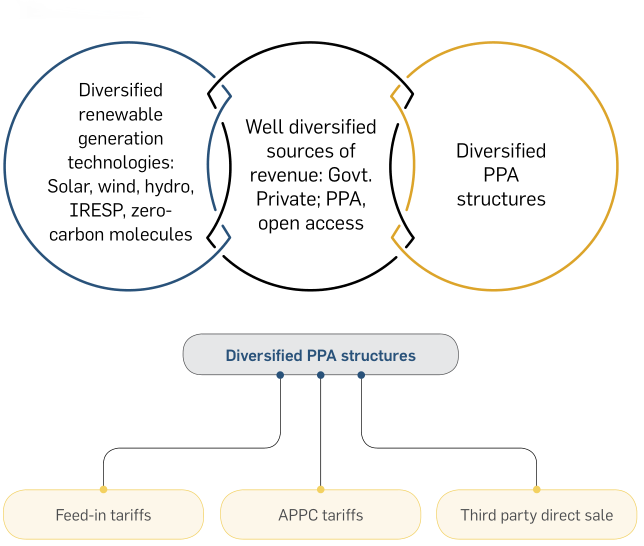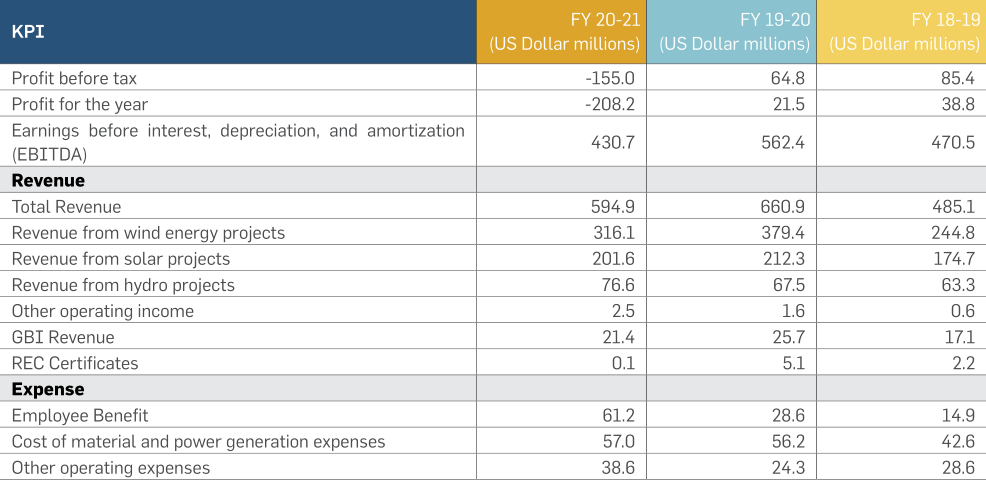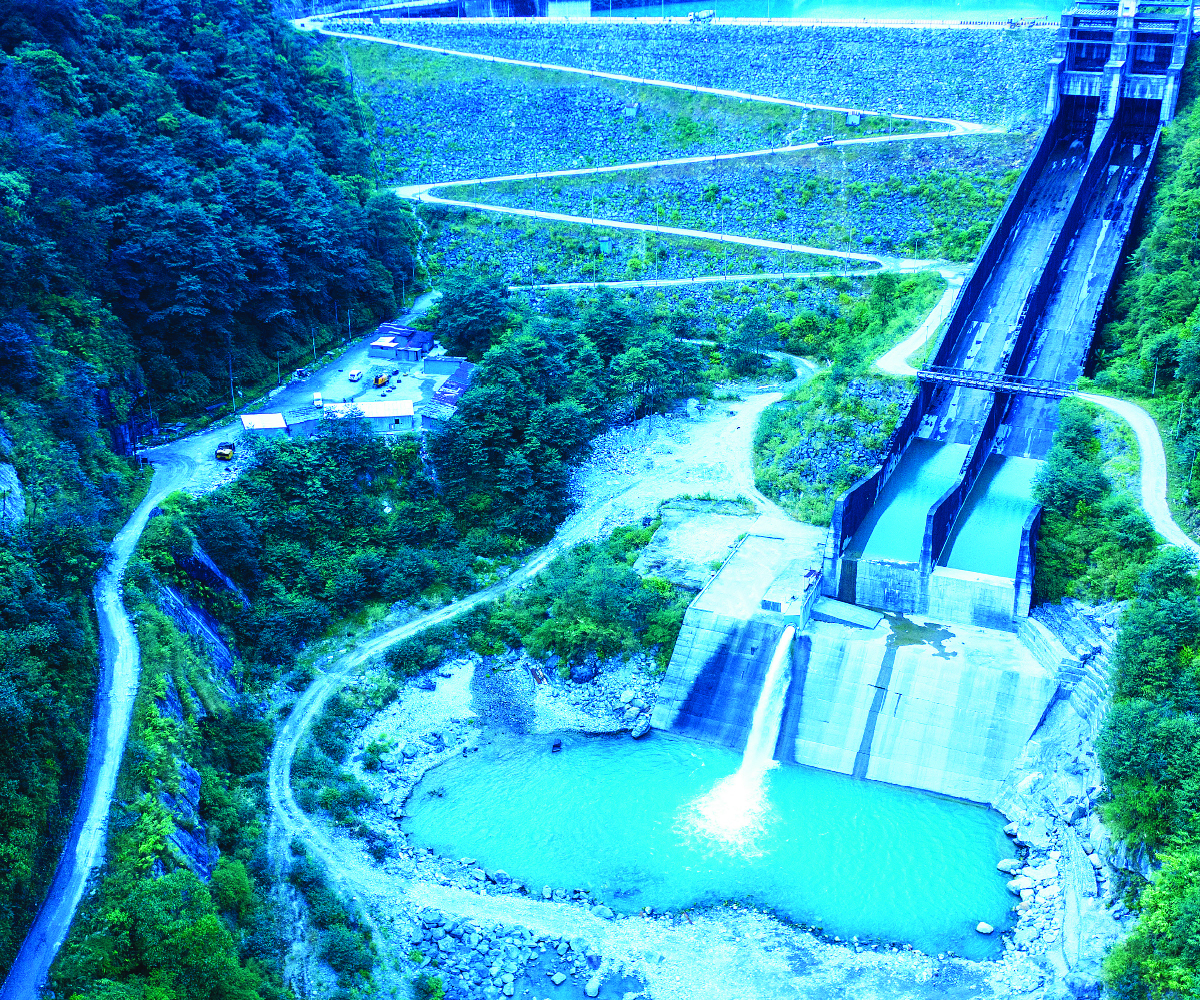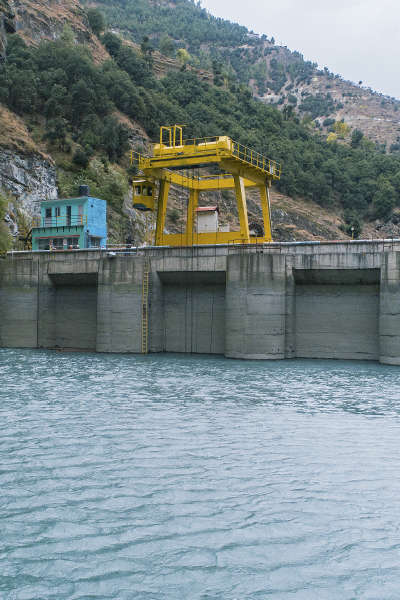Circular and Regenerative Approach
The organization aims to harness overall organic and
inorganic growth by embracing circular and regenerative
thinking as a way of business.
Greenko’s Integrated Renewable Energy
Project, which is designed to address the
inherent infirmity of wind and solar energy
by employing the innovative solutions of
Pumped Storage Plant (PSP), is an important
component of our circular approach. These
projects are designed as sharing platforms of
storage and other electricity system services.
Under
the
circularity
and
regenerative
thinking approach, Greenko aspires to explore
and employ innovative ideas and action plans,
such
as
‘invest-generate-and-Consume’,
‘harness increasing electrification’, ‘solutions
to non-electric use sectors’. - which are
adjacencies to the present business
Managing Climate Change Impacts – Risks and Opportunities
Greenko’s three pillars- Renewable Energy,
Storage and Zero Carbon Molecules are
building blocks of transition towards a low
carbon economy and to meet the target of
restricting the average global temperature
rise to 2°C and further ambition Paris Climate
Agreement to limit the global warming to 1.5
degrees, to minimize the catastrophic impacts
of climate change . However, like every other
sector, the renewable energy sector is also
susceptible to the impacts of climate change
as the entire supply chain of the renewable
energy system is significantly vulnerable to
climate variability.
Physical Climate Risks
Greenko’s assets face the physical risks of
climate change such as extreme weather
events which can range from droughts to
tropical storms. The physical risks have the
potential to directly damage the organization’s
assets and indirectly disrupt the supply chain
due to the impact on production facilities,
sales, and workforce.
The
electricity
production
potential
of
renewable energy is critically impacted by
the physical risks of climate change, due
to its dependence on climate conditions.
A shift in climatic conditions resulting in
temperature extremes, heat waves, extreme changes in precipitation leading to flooding
and drought, sea-level rise, etc. have the
potential to adversely affect the generation
and transmission infrastructure of Greenko as
well as the asset’s productivity.
Transition Climate Risks
The transition risks of climate change are
the risks that could arise from the process
of adjusting to a low carbon economy such
as changes in policy, technology, market, and
reputation.
Regulatory Risks
In the drive for deep decarbonization and
tackling the adverse effects of climate
change, India will have to reform the energy
policy ecosystem and Greenko looks at these
upcoming changes in public policy as an
opportunity. To be on the top of these evolving
policies, Greenko continuously engages with
regulatory
processes
through
proactive
participation in discussions and public policy
advocacy with both National and Local
regulatory bodies viz., MoP, MNRE, MOEFCC,
and CERC providing constructive feedback
regarding policies and regulations.

